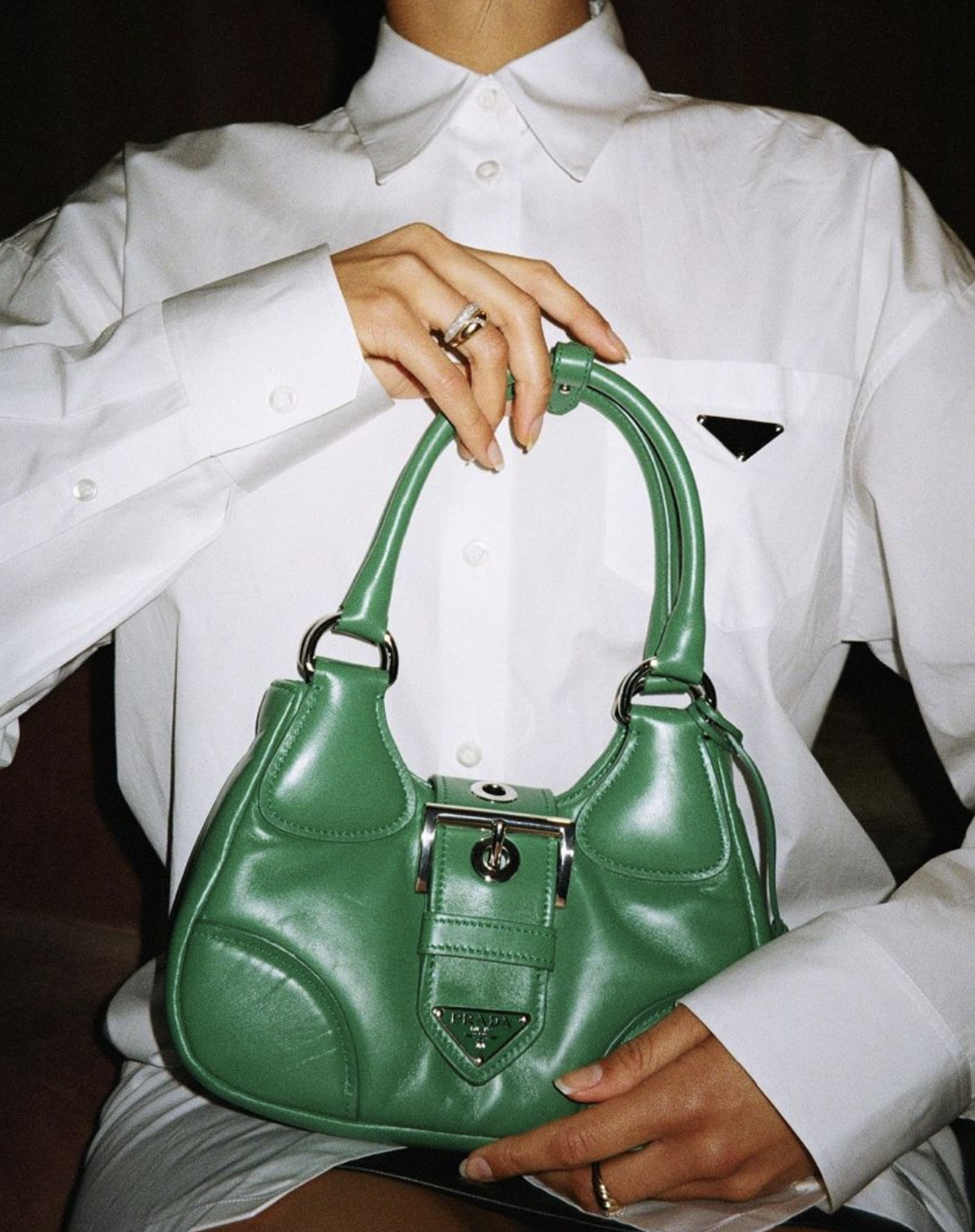What used to represent a bedtime routine has now made a daring transition into everyday apparel. Nightgowns, which have traditionally been linked with relaxation, coziness, and the realm of sleep, are currently being seen in a variety of settings outside the sleep environment. From city streets to informal meetups and even upscale occasions, individuals are incorporating nightgown-inspired styles into their regular clothing choices—a change that signifies a shift both culturally and in fashion regarding how garments are viewed and utilized.
The emergence of nightgowns as all-day wear isn’t just a passing novelty. It’s part of a broader movement that blends comfort with versatility, blurring the lines between private and public attire. Once confined to quiet evenings and cozy mornings, these traditionally delicate garments are now reimagined as expressions of personal style, effortlessly transitioning from lounging at home to stepping out for brunch or meetings.
This change is influenced by multiple linked trends. Primarily, there is an increase in”comfort dressing”—a fashion philosophy that became very popular during the worldwide pandemic, as remote work and prolonged indoor stays altered fashion preferences. Individuals started favoring clothes that provided freedom of movement and tranquility. Nightgowns, typically crafted from airy fabrics like cotton, linen, or silk, effortlessly met this need. As people became used to experiencing comfort in their attire, the desire for clothing that combines tenderness with elegance surged.
But comfort alone doesn’t explain the newfound popularity of nightgowns in the daylight. Designers and influencers have played a major role in elevating the aesthetic appeal of sleepwear-inspired fashion. Luxury labels and emerging brands alike have introduced nightgown silhouettes with structured tailoring, elevated fabrics, and thoughtful detailing, making them suitable for a wide range of settings. Lace trims, embroidery, smocked bodices, and voluminous sleeves are just some of the elements being reinterpreted to suit modern tastes.
The influence of social media, particularly platforms like Instagram and TikTok, has further propelled the nightgown renaissance. Style-conscious users showcase how a well-chosen nightgown can be paired with boots, belts, denim jackets, or statement jewelry for a look that’s chic, effortless, and distinctively personal. The visual storytelling of these platforms helps redefine expectations around where and how nightgowns can be worn, turning what might once have been considered dressing down into a confident fashion statement.
Historical influences in fashion continue to influence today’s styles. The graceful shapes of dressing gowns from the 1800s and Edwardian lace nightdresses are being reimagined with a modern flair. These designs bring a sense of nostalgia and offer a classic sophistication. The charm of old nightgowns, often discovered in thrift stores or inherited, brings a unique and eco-friendly dimension to the trend. Donning an upcycled heirloom not only minimizes environmental impact but also ties wearers to historical narratives.
The increasing trend of “nap dresses”—a contemporary, day-appropriate version of the classic nightgown—demonstrates the widespread acceptance of this idea. Introduced and made popular by companies such as Hill House Home, the nap dress is crafted to provide comfort suitable for resting while also being fashionable enough for social outings. It often includes loose shapes, airy materials, and delicate accents, presenting a figure that complements different body shapes and suits both casual and somewhat formal settings effortlessly.
This intersection of utility and beauty is a hallmark of the broader shift in contemporary fashion, where functionality no longer precludes elegance. Today’s consumers are drawn to pieces that can adapt to different moods and moments. A nightgown worn to run errands in the morning might be dressed up with heels and a tailored blazer for an evening out—proving that the same garment can span multiple uses with just a few styling changes.
Retailers have recognized the growing interest, prompting both popular and boutique fashion brands to broaden their collections to feature sleepwear-inspired clothing that can be worn during the day. The selection of fabrics varies from light cottons perfect for warmer months to luxurious velvets and satins that easily adapt to cooler weather. The variety in pricing also caters to a wide audience, from those mindful of their budget to those who prefer luxury options.
Of course, not everyone is quick to embrace the idea of nightwear in the public sphere. For some, the blurring of lines between sleepwear and streetwear challenges long-held norms about how people should dress in different contexts. Yet fashion has always been about transformation and boundary-pushing. What feels unconventional today often becomes tomorrow’s standard, especially when fueled by creativity, practicality, and cultural shifts.
From a psychological standpoint, wearing nightgown-like outfits in daylight hours could also symbolize a widespread yearning for comfort amid times of uncertainty. Clothes that offer a gentle touch and unrestricted movement can bring about a soothing feeling, serving as a quiet form of self-nurture. In this manner, fashion transcends mere appearance—it turns into an experience that is tactile, emotional, and profoundly individual.
Long silk or satin dresses are gaining popularity in both formal and business environments. Paired with suitable accessories and stylish elements, they are transformed into eveningwear or even office attire with the addition of tailored jackets or waist-cinching belts. This trend is not about dismissing traditional standards, but rather redefining them—proving that comfort and elegance can coexist harmoniously.
The changing function of the nightgown in the current fashion scene highlights the continuous transformation of clothing through cultural influences, situational shifts, and personal creativity. Once only associated with sleep, it has now evolved into a platform for showcasing expression, flexibility, and ingenuity. As more individuals embrace this trend, the nightgown transitions from its solely intimate persona to represent contemporary comfort and everlasting allure.
The inquiry isn’t about why individuals are donning sleepwear beyond the bedroom—it’s about why it took such a long time for them to become a daily essential. As the limits of fashion keep evolving, the shift of the nightgown from the bedroom to the street signifies a wider transformation in our perception of comfort, beauty, and personal expression in our clothing choices.



